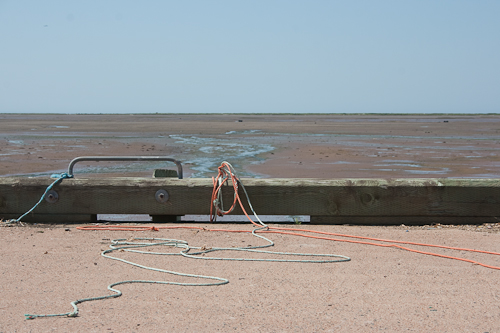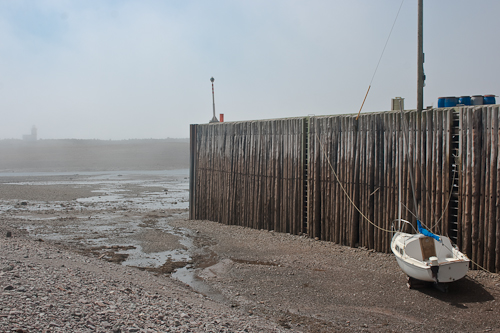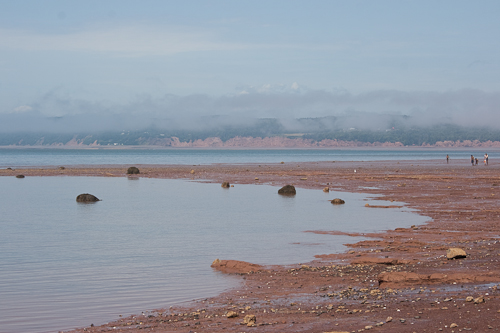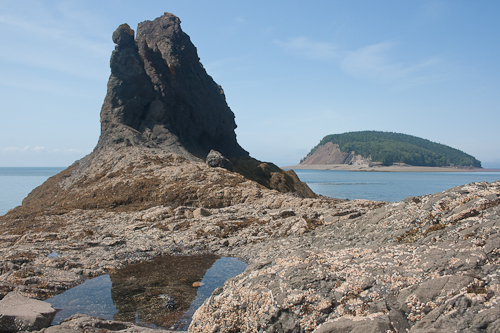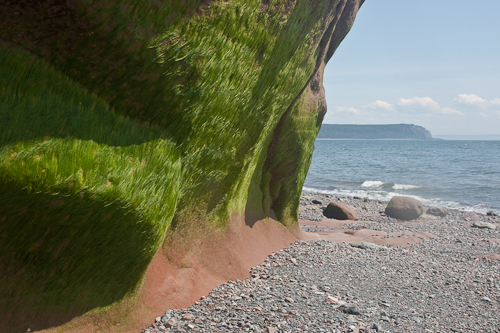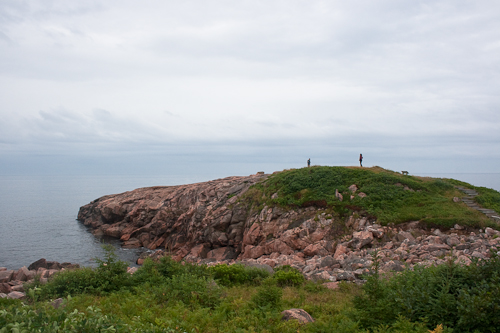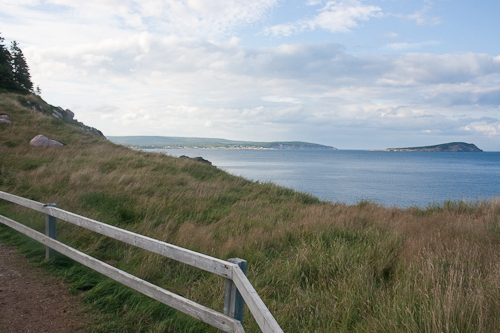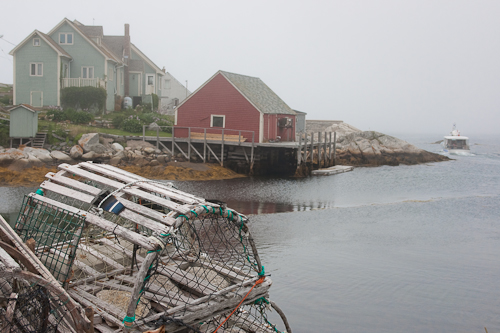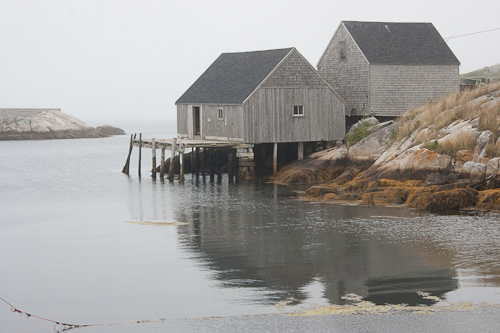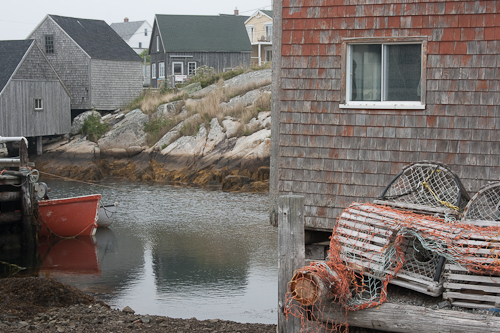Little known fact: “Each day over 100 billion tonnes of seawater flow in and out of the Bay of Fundy during one tide cycle – more than the combined flow of the world’s freshwater rivers.”*
The highest tides on the planet are found in the Bay of Fundy, a 270km-long ocean bay that stretches between the eastern Canadian provinces of New Brunswick and Nova Scotia. The time between a high tide and a low tide is approximately six hours. And so twice a day, every day without fail, the tides recede and expose the vast ocean floor.
There are exceptional sites in Nova Scotia from which to observe this ecological phenomenon. Five Islands Provincial Park is a spectacular setting for camping and ocean kayaking. At low tide you can walk the seabed and dig for clams in mud flats or comb the beach for fossils and other marine curiosities. And, for the rock enthusiasts, some 225million year-old geological formations –overhanging cliffs and caves eroded by the water's impact through the millennia – are ever so patiently waiting to be explored.
Cape Chignecto Provincial Park is a wilderness-hiking park on a coastal peninsula. Trails sweep through an old-growth forest ecosystem, scale canyons and valleys, and climb towering cliffs where waves lap their base. They pause to reveal dramatic vantage points from where to view the semidiurnal tidal action, whose times and heights vary from one location to the next. (The water rises and falls around the Bay in elevations ranging from 3.5m to 16m, securing the title of World Tidal Dominance!) In Cape Chignecto, there are single or multi-day trails to hit, many of which descend at the beach. Some are so challenging, only the highly skilled should attempt. Consult tide charts in advance for accurate times in order to coordinate a return trip back along the shore. A high tide may delay or worse, leave one perilously stranded along the beautiful yet rugged terrain...
